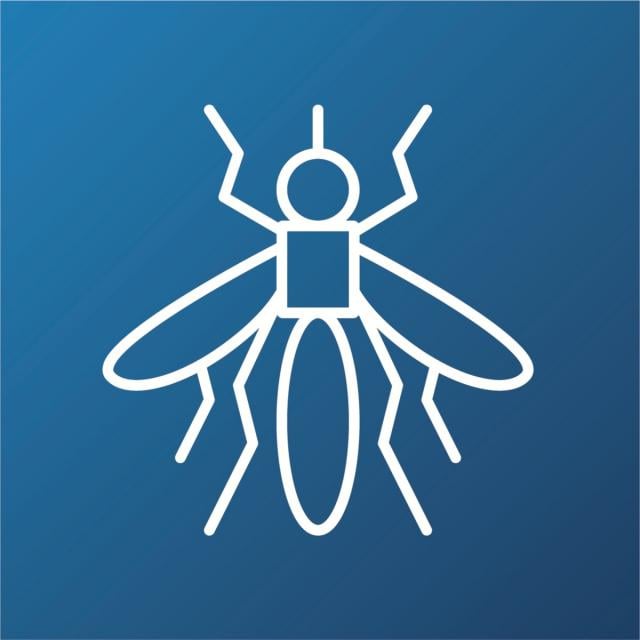MOOC List is learner-supported. When you buy through links on our site, we may earn an affiliate commission.

MOOC List is learner-supported. When you buy through links on our site, we may earn an affiliate commission.
To express the mathematical underpinnings of the basic drivers that you study, you'll use the simple SIR model, which, in turn, will help you examine different scenarios for reproduction numbers. Susceptibility to infection is the fuel for an infectious disease, so understanding the dynamics of susceptibility can offer important insights into epidemic dynamics, as well as priorities for control.
What You Will Learn
- Construct valid mathematical models capturing the natural history of a given infectious disease
- Interpret compartmental models in terms of rates, proportions and delays
- Describe the fundamental processes driving the dynamics of an SIR epidemic and show their relation to important concepts
- Explain mechanisms by which susceptibility can change over time and develop a simple SIR model to account for these under given parameters
Course 1 of 3 in the Infectious Disease Modelling Specialization.
Syllabus
WEEK 1
Modelling the Basics
Compartmental modelling is a cornerstone of mathematical modelling of infectious diseases. You will be introduced to some of the basic concepts in building compartmental models, including how to interpret and represent rates, durations and proportions in such models. This work lays the foundations for modelling the dynamics of infectious disease transmission.
WEEK 2
Anatomy of an Epidemic
You will be placing the mathematics to one side and concentrating on gaining intuition into the behaviour of a simple epidemic of a perfectly immunising infection in a stable population. You will also study further basic concepts of infectious disease epidemiology, including the basic reproduction number (R0), and its implications for infectious disease dynamics.
WEEK 3
Combining Modelling and Insights
You will now consolidate the insights that you have gained over the past two modules to express the mathematical underpinnings of the basic drivers that have been examined. You will use the simple SIR model that you already developed in module 1 to examine different scenarios for reproduction numbers.
WEEK 4
Dynamics of Susceptibles
Susceptibility to infection is the fuel for an infectious disease; understanding the dynamics of susceptibility can offer important insights into epidemic dynamics, as well as priorities for control. In this module, building on the basic SIR model that you have coded so far, you will cover three important mechanisms by which susceptibility can change over the course of an epidemic: (i) population turnover, (ii) vaccination, (iii) immunity waning over time.
For simplicity, you will learn very simple approaches to modelling vaccination. In our subsequent courses in the Infectious Disease Modelling specialisation, you have the opportunity to cover more detailed approaches for capturing this important intervention.
MOOC List is learner-supported. When you buy through links on our site, we may earn an affiliate commission.
MOOC List is learner-supported. When you buy through links on our site, we may earn an affiliate commission.
